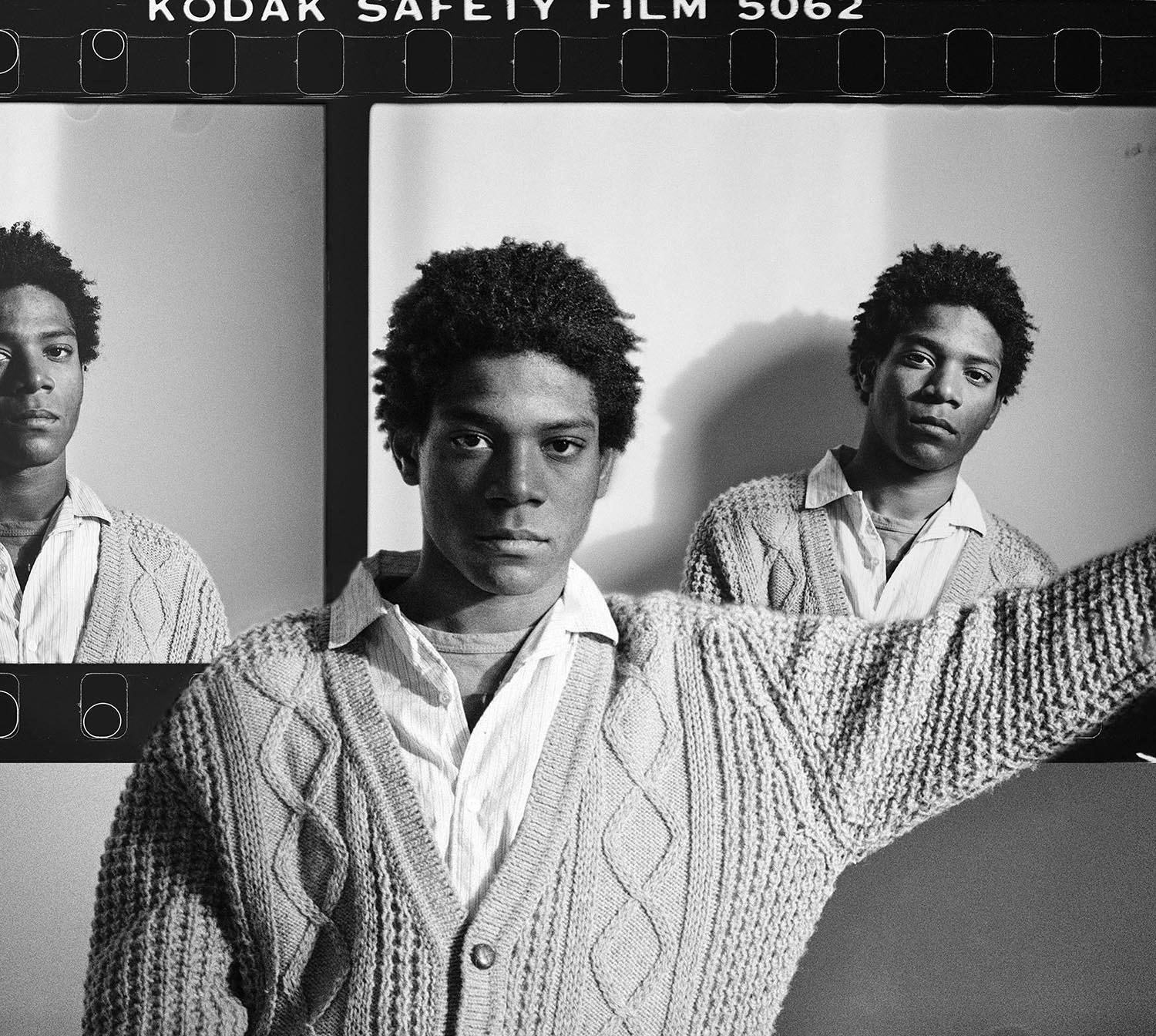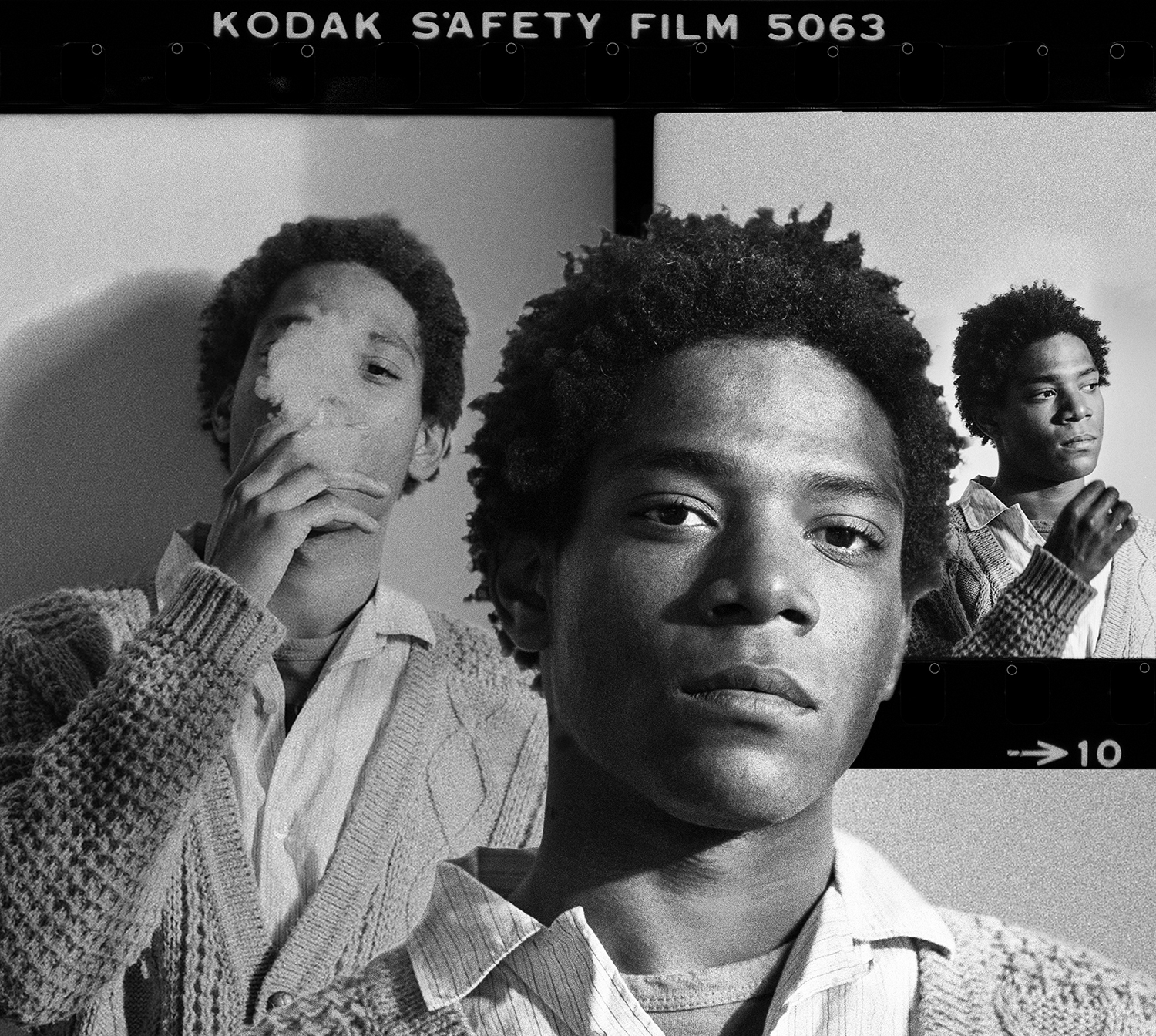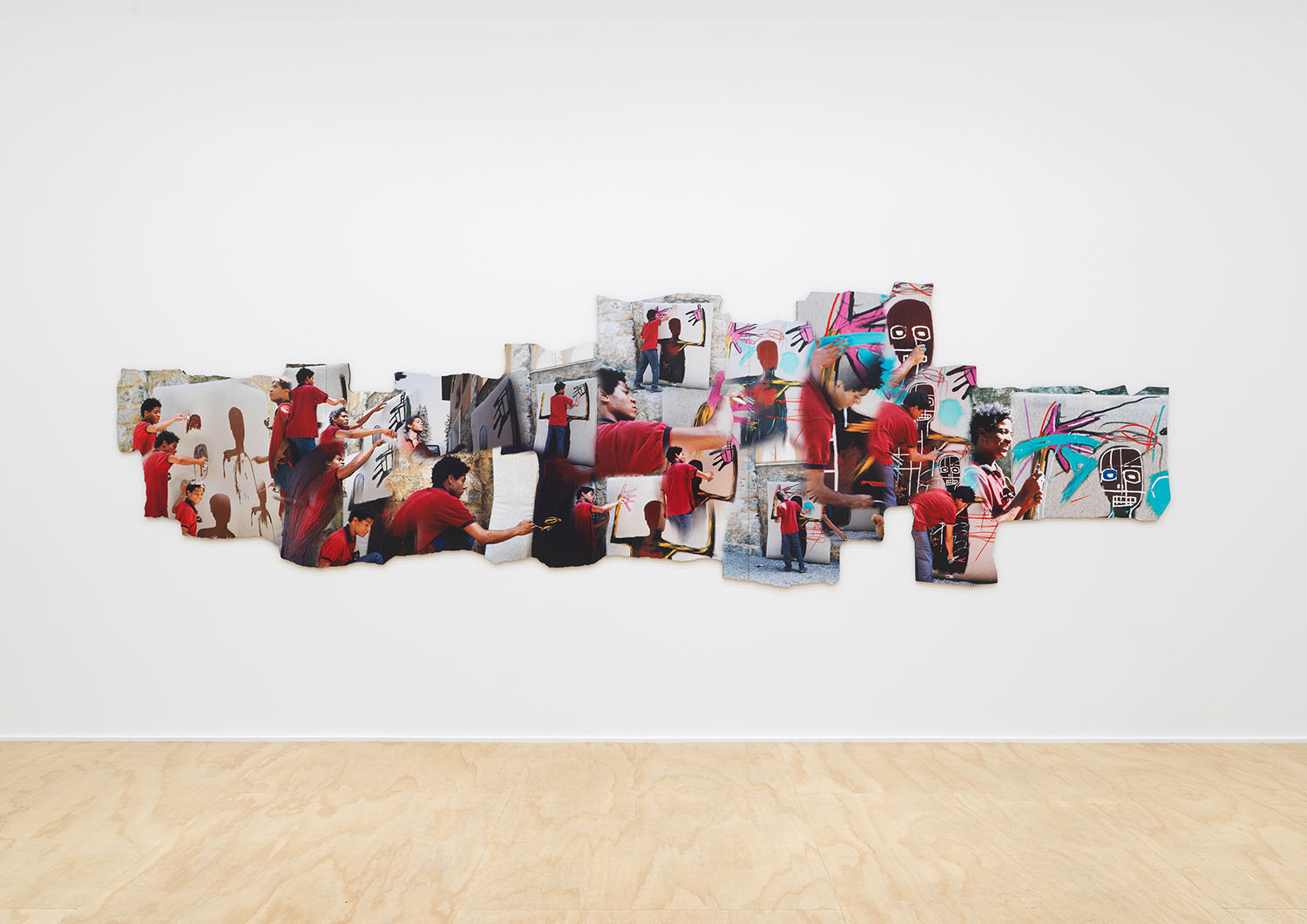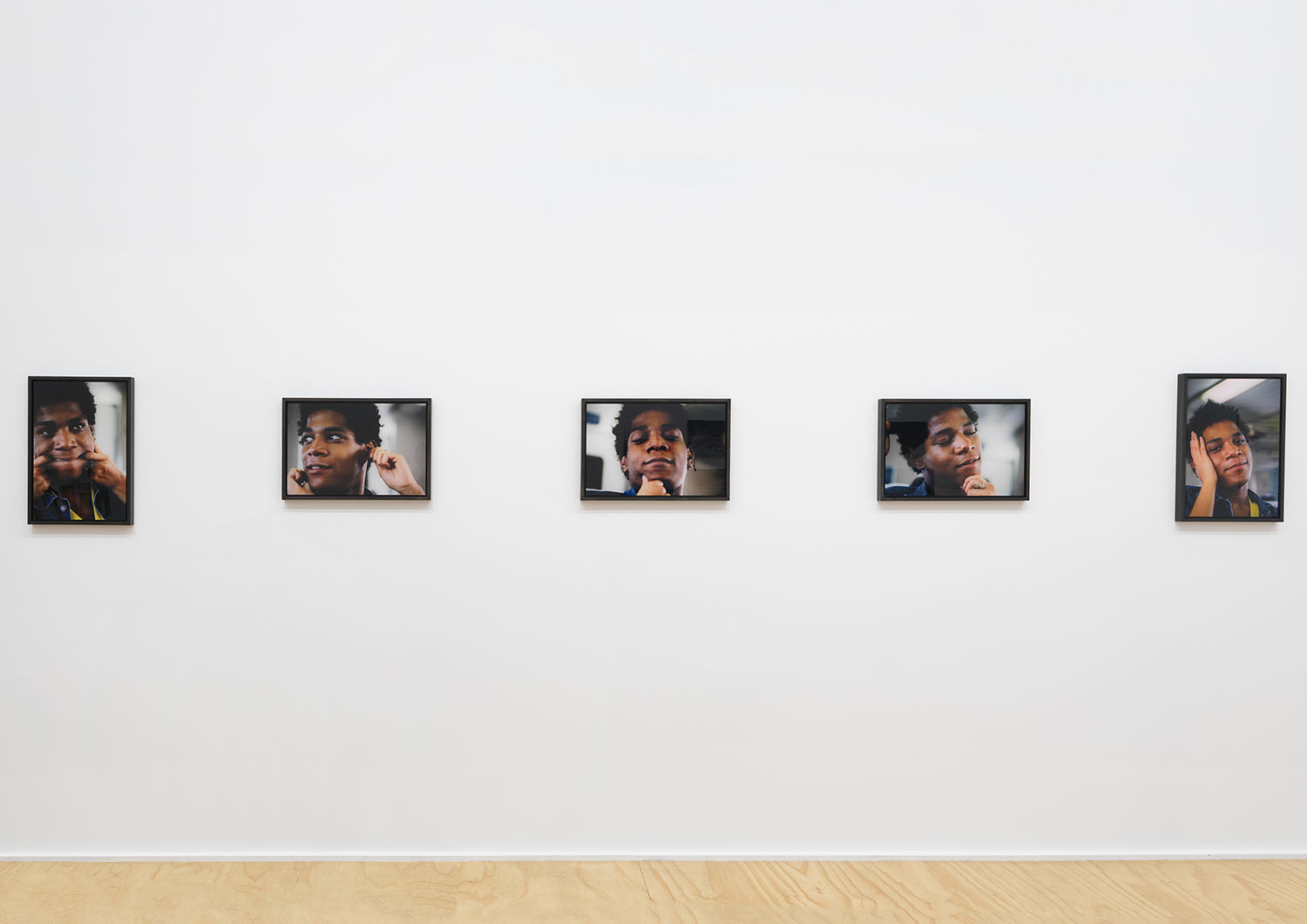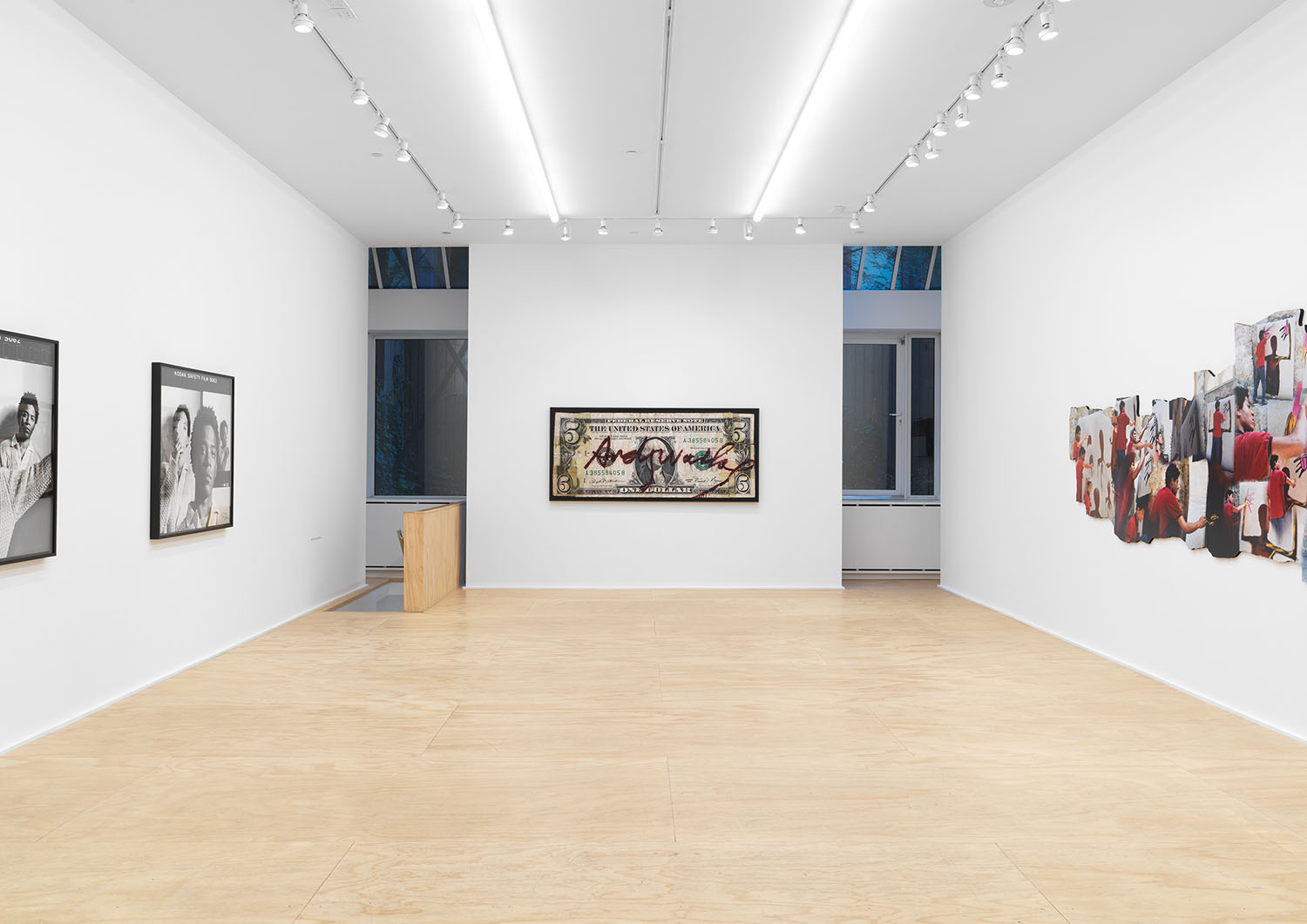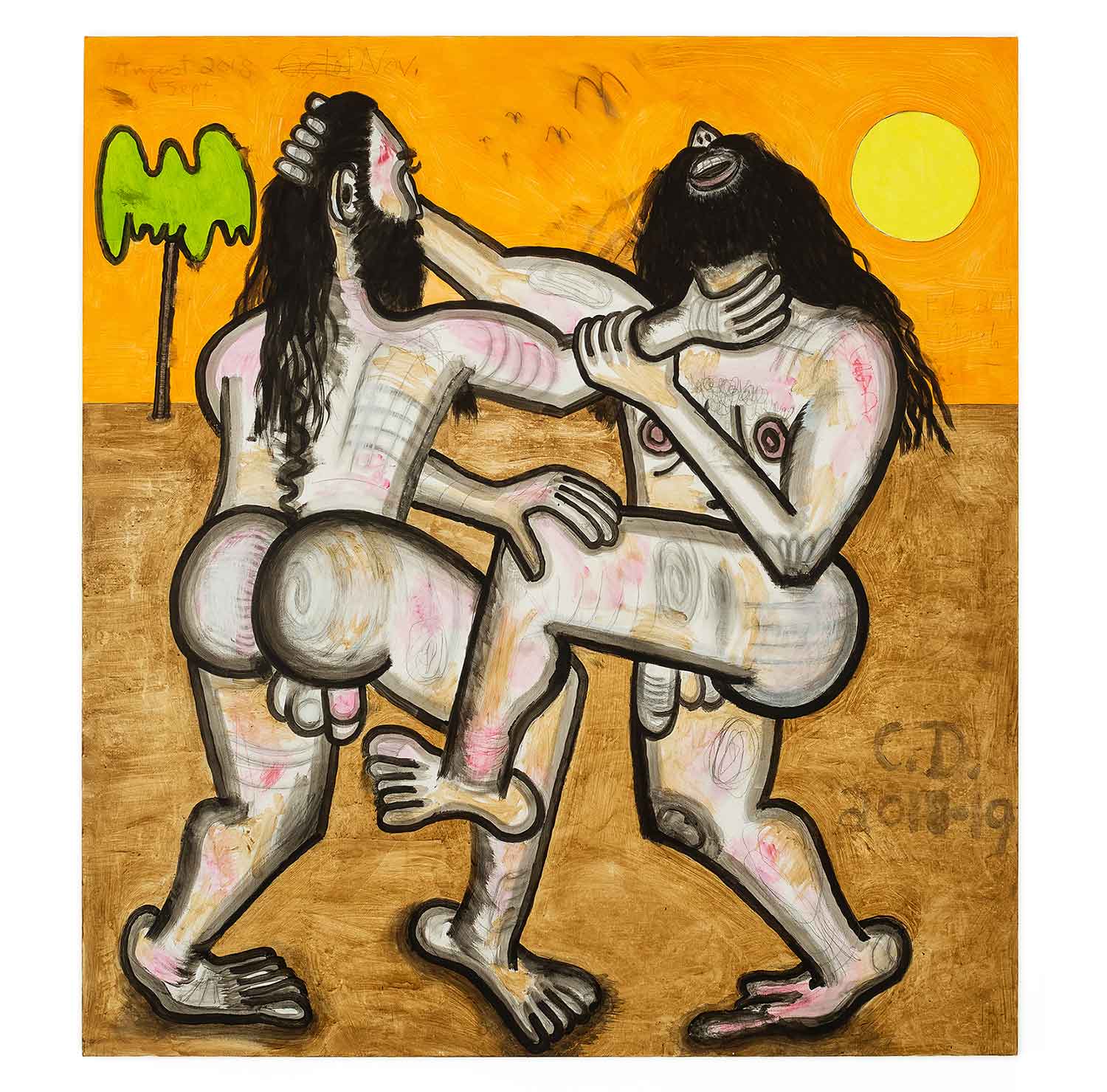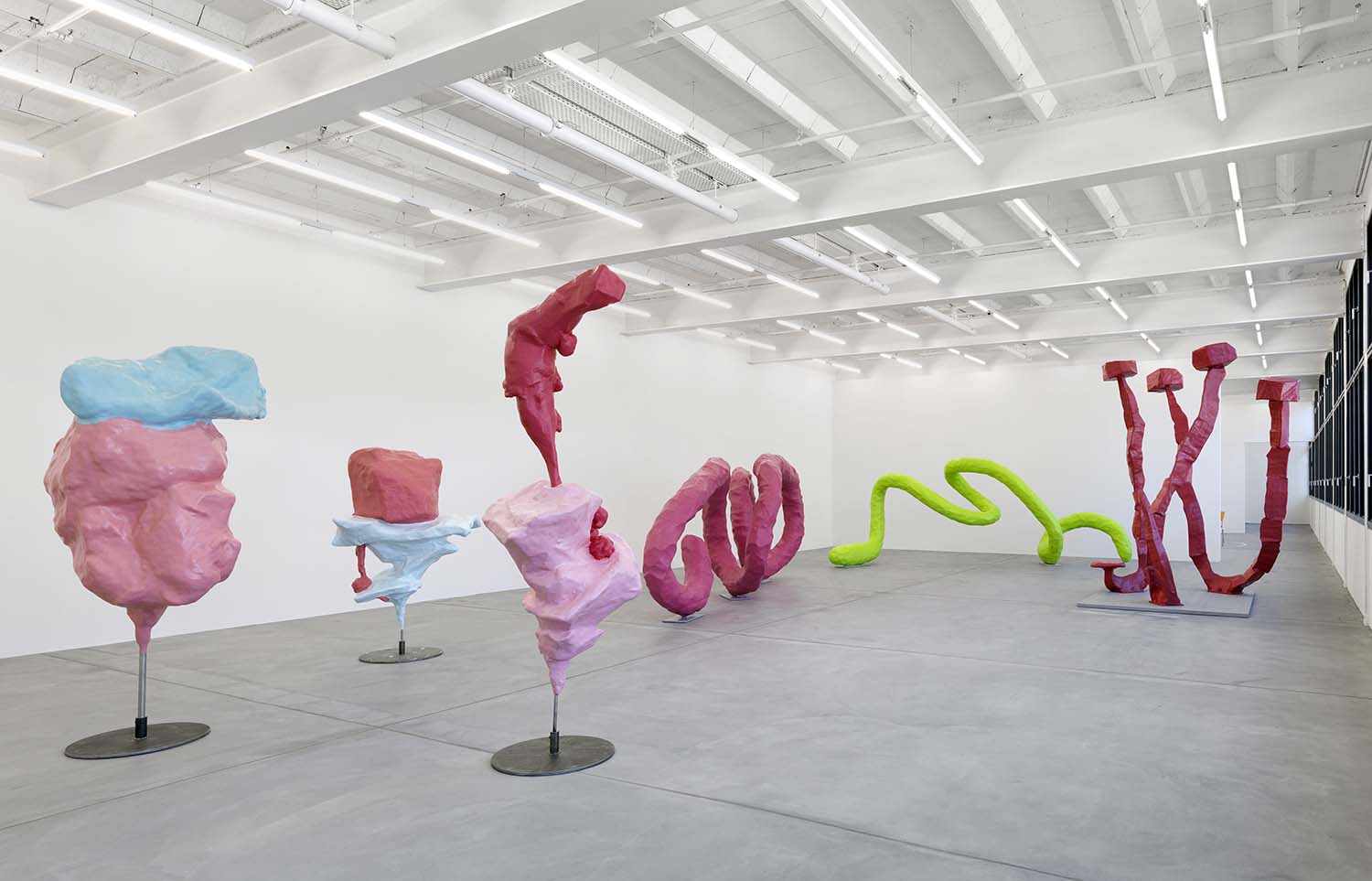As a musician, artist, poet, photographer, and filmmaker, Lee Jaffe has lived many lives in different countries. What has always been a constant — beside music, art, and weed — are his friends with whom he frequently collaborates, refusing to adhere to the boundaries traditionally drawn between artistic disciplines. In Brazil, Jaffe lived and collaborated with Hélio Oiticica and other members of the Tropicalia movement. He also developed a close friendship with Miguel Rio Branco. In 1973 he met Bob Marley in New York, and helped organized a North American tour for the Wailers. He later settled in Jamaica, became the band’s manager and harmonica player, and also worked with Peter Tosh on the production of his famous Legalize It album. Most recently, Jaffe has followed Tricky around the UK for several months, producing a movie about the legendary Bristol-born musician.
Lee Jaffe first met Jean-Michel Basquiat in 1983 at an exhibition opening in Los Angeles. The day after, they started a world trip together throughout Japan, Thailand, and Switzerland, before coming back to New York in late August. A majority of the photographs presented in his show were taken during that trip. Several series capture Basquiat on the bullet train between Tokyo and Kyoto. The most moving group are close-up portraits of a beautiful and charismatic Basquiat, his face supported by a woman’s hands. Jaffe recalls him asking some Western tourist to help take some pictures: “Her hands became his … and his face became hers … the lines of ‘race’ and gender transgressed.”
Other series include portraits of Basquiat, but also show the very context in which they were taken. We see him visit Japan and Thailand for the first time, spending time on the bullet train or with Thai farmers, being confronted with different situations and cultures. An impression of immediacy and intimacy prevails. Basquiat’s youth, intelligence, humor, ambition, energy, and complexity radiate from each print. In three large black-and-white portraits of Basquiat taken at Mary Boone Gallery the following year, shot for the catalogue of his upcoming gallery show, he appears more serious and introverted. In 1985 we see him energetically painting and filming next to or together with Jaffe in Carmel, in upstate New York. And in a central piece in the exhibition, a large full-length portrait in which he stands with his hands behind his back and his head turned toward the sky, his eyes are closed.

